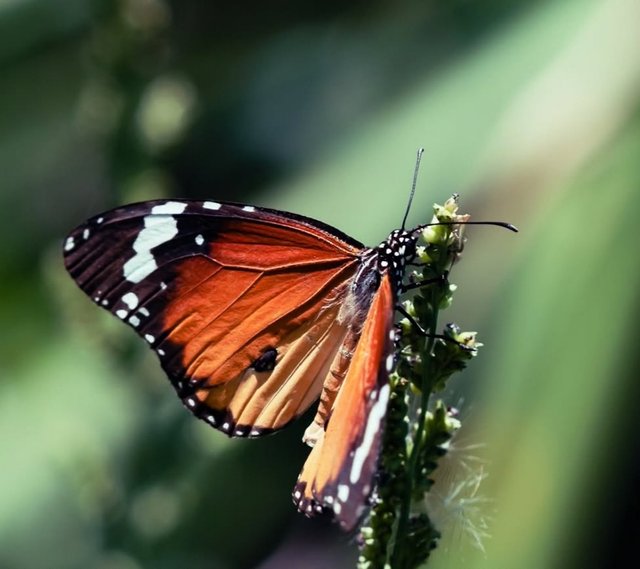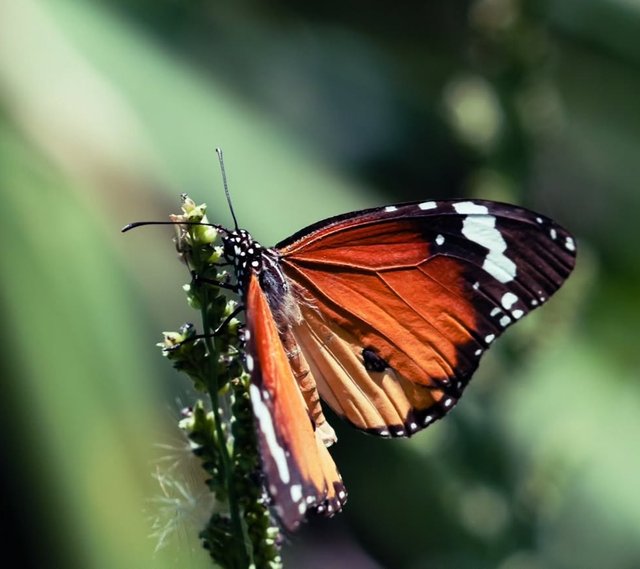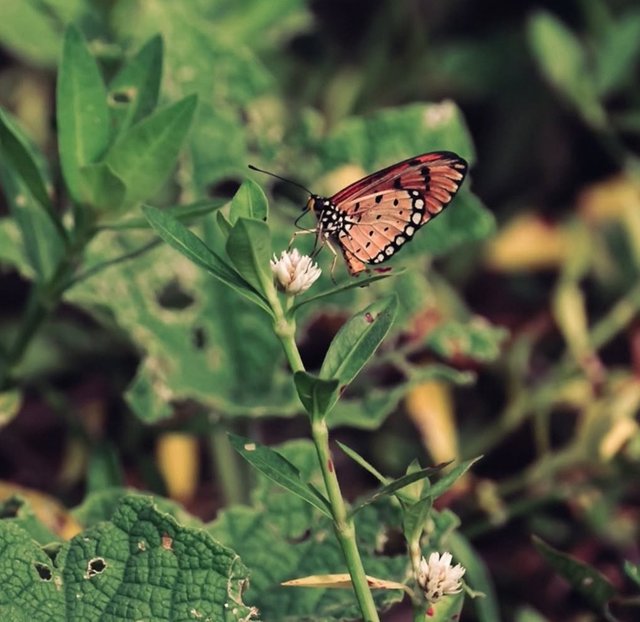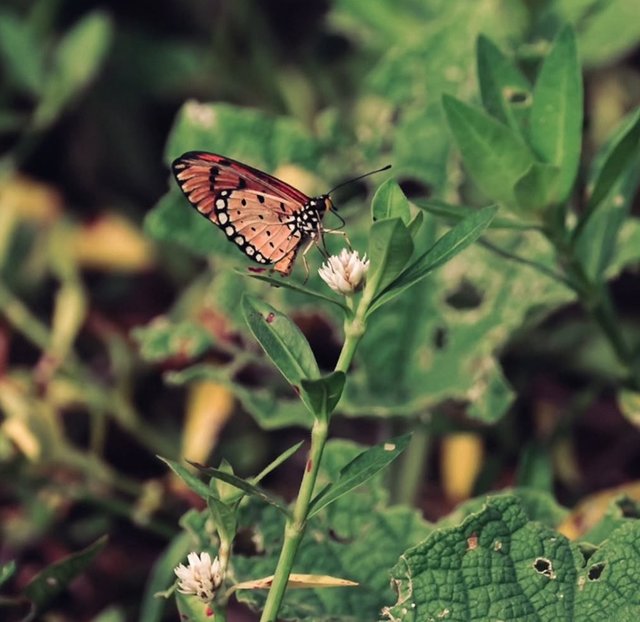Wonderful Colour Acraea Terpsicore Insect
Acraea terpsichore: The Tawny Coster Butterfly – A Symbol of Adaptation and Resilience
Acraea terpsichore, commonly known as the Tawny Coster, is a striking and widely distributed butterfly species belonging to the family Nymphalidae and subfamily Heliconiinae. Often admired for its vibrant coloration and delicate form, this butterfly is more than just an aesthetic marvel; it is an emblem of ecological adaptability, evolutionary uniqueness, and expanding biogeographic boundaries. Although once restricted to South and Southeast Asia, its range has recently extended to new territories, making it a fascinating case study in insect migration and colonization.
Taxonomy and Nomenclature
Scientific Name: Acraea terpsichore Linnaeus, 1758
Synonym: In older literature, it is sometimes referred to as Acraea violae.
Common Names: Tawny Coster, Orange Leopard Butterfly
Family: Nymphalidae
Subfamily: Heliconiinae
Tribe: Acraeini
The name "Acraea" comes from Greek mythology, while "terpsichore" refers to the muse of dance, highlighting the graceful fluttering flight of the butterfly.
Physical Description
The Tawny Coster is easily recognizable due to its:
Coloration: Bright orange wings adorned with black spots and a dark border. The dorsal side is vivid and contrasts sharply with the pale whitish ventral surface that also bears similar markings.
Wingspan: Ranges from 53 to 64 mm in adults.
Wing Shape: Elongated and narrow, lending it a delicate appearance.
Sexual Dimorphism: Males and females are similar, although females tend to be slightly larger and paler.
Unlike many butterflies with quick, erratic movements, the Tawny Coster has a slow, floating flight that often draws attention in gardens and open meadows.




%20(7).jpeg)